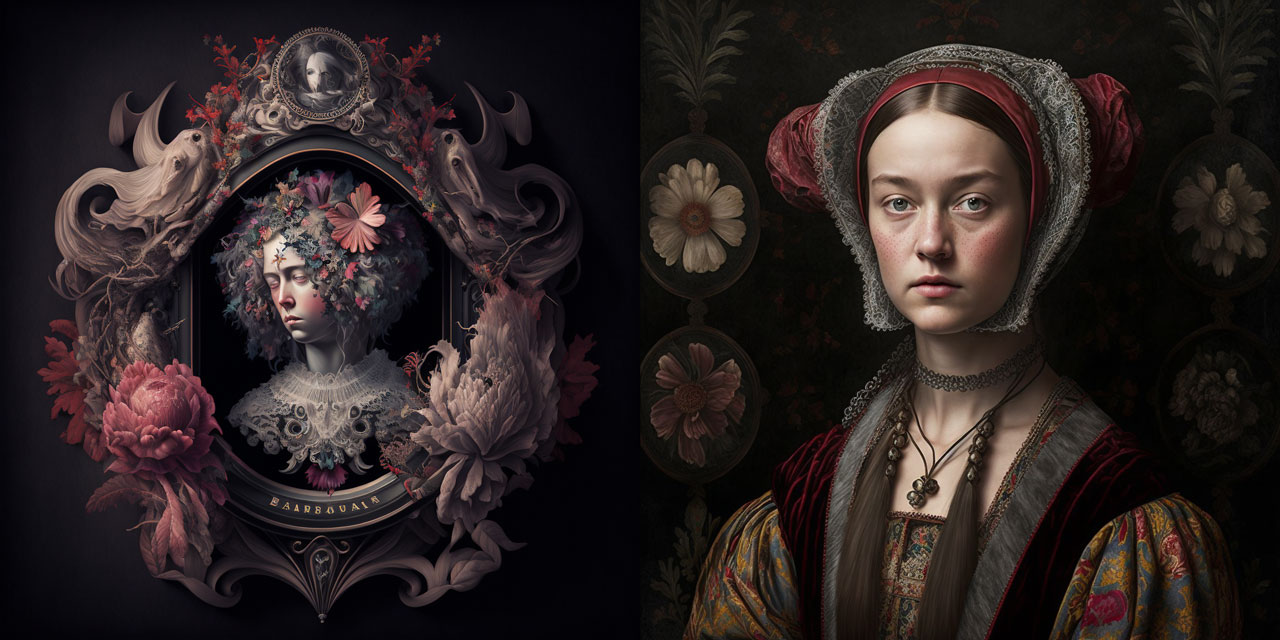Comparing Baroque to Renaissance

The Baroque and Renaissance art periods shared a lot of similarities, but also had very important differences. Baroque artists liked to emphasize the details of their subjects and used more perspective than earlier artists did. In contrast, Renaissance artists used idealized bodies, such as the nude male body, as subjects and paid attention to the overall composition of their paintings. The most important difference between the two, however, was that Baroque paintings were more about the artist’s imagination than they were about the subject matter. In contrast, Renaissance paintings often focused on a particular scene or idea that the artist wanted to convey to others.
The work of artist Raphael Sanzio (1483–1520) is considered to be the epitome of Renaissance painting. He was a master at depicting scenes of ideal beauty. In his most famous painting, The School of Athens, he uses a pyramid-like structure to divide the painting into sections, each with a different figure from the past. In the middle are Plato and Aristotle, both of whom represent the highest forms of learning and wisdom. Their ideas would later form the basis for the Enlightenment and the Age of Reason. To the left are Pythagoras, who is often seen as the father of geometry, and Heraclitus, who represented a form of universal thought. On the right are Euclid, who represents mathematical theory, and Zeno, who was the originator of a form of rational thought. Zeno’s form of rational thought was similar to the kind of reasoning that people use today in physics and mathematics.
This painting is filled with symbolism, such as the way that Plato is painted with red hair.
One of the most notable painters from the Baroque period was the Spanish painter Diego Velázquez (1599–1660). He is best known for his painting entitled Las Meninas, which means “The Ladies.” This painting is full of symbolism, and one of the most interesting elements is a mirror in which the king is reflected. There is also a woman dressed as a servant who appears to be looking at something other than what the king is seeing in the mirror. The king and his courtiers appear to be waiting for a member of the royal family to enter, but it is unclear what is happening behind them.
Another Spanish painter who worked in this style was Francisco de Zurbarán (1598–1664). His work is often dark, gloomy, and full of religious symbolism.
The Renaissance period lasted from the fourteenth to the seventeenth century, and its art was very much influenced by the church. The Catholic Church wanted to have art that would make people feel calm and serene. Paintings of this era tended to show groups of people engaged in religious activities.
The Baroque period lasted from about 1620 to 1720. During this time, artists took a more secular view of the world, which was reflected in their work. They were less interested in the religious life and more concerned with showing the glory of human beings in their natural form.

Recent Comments